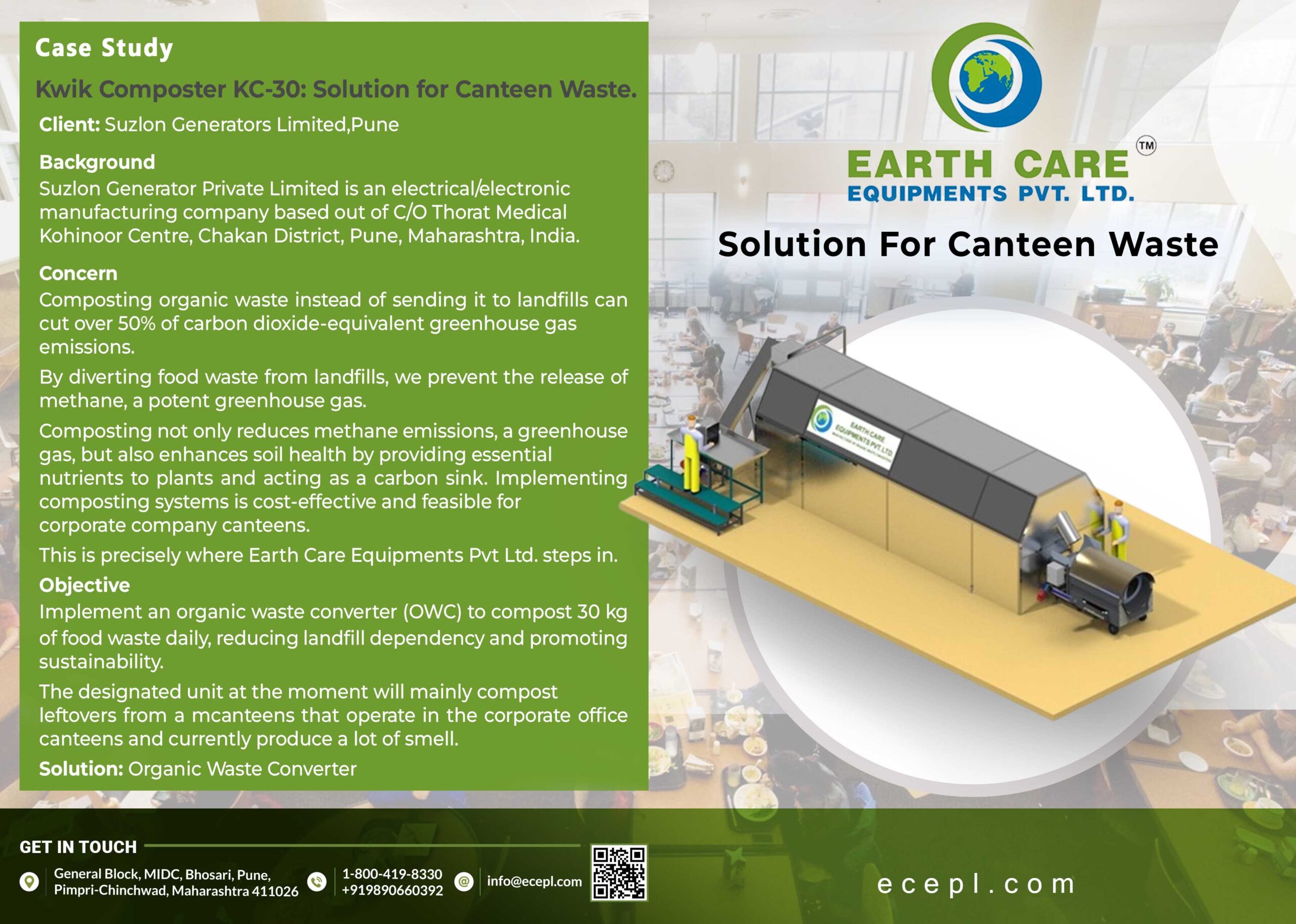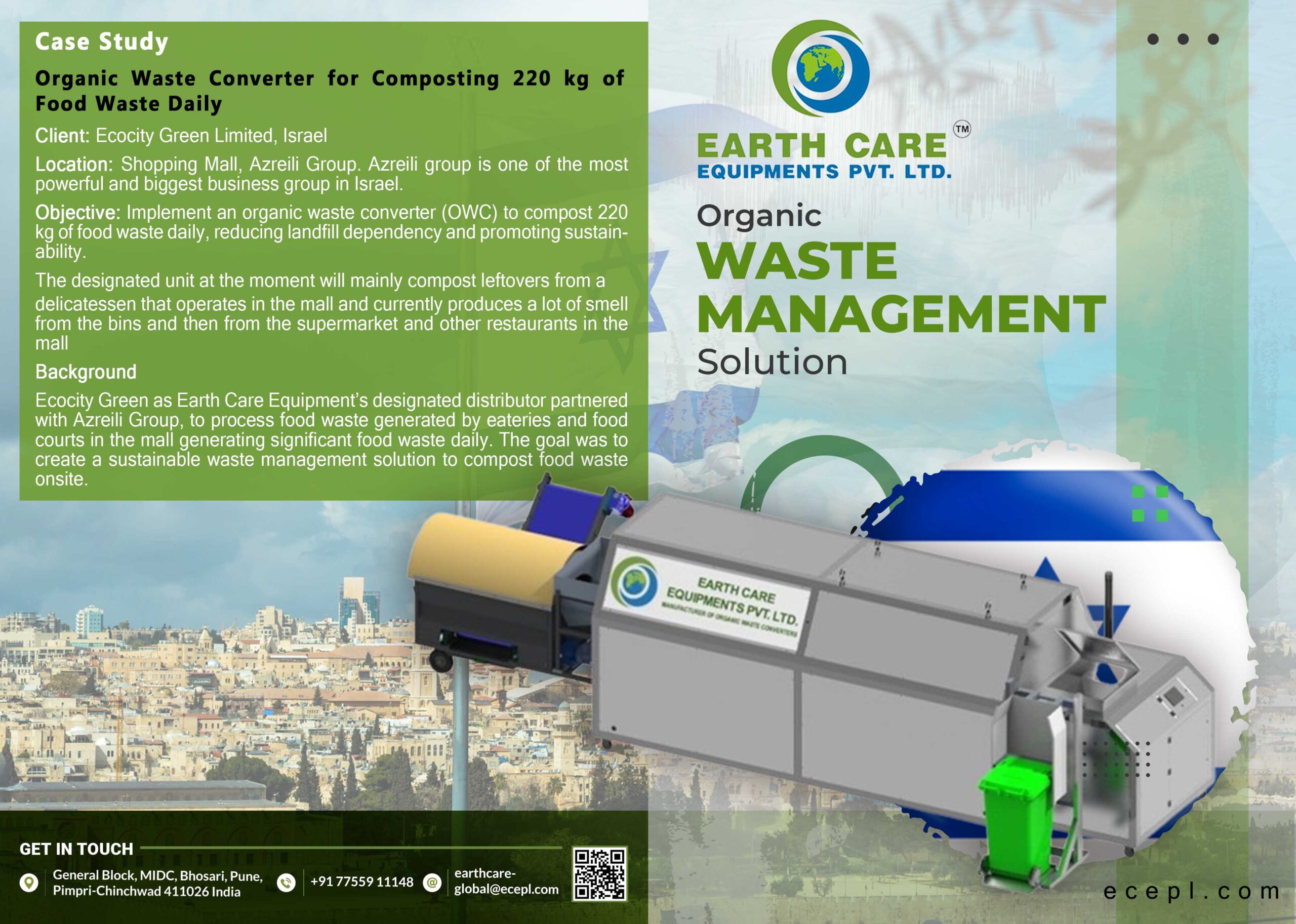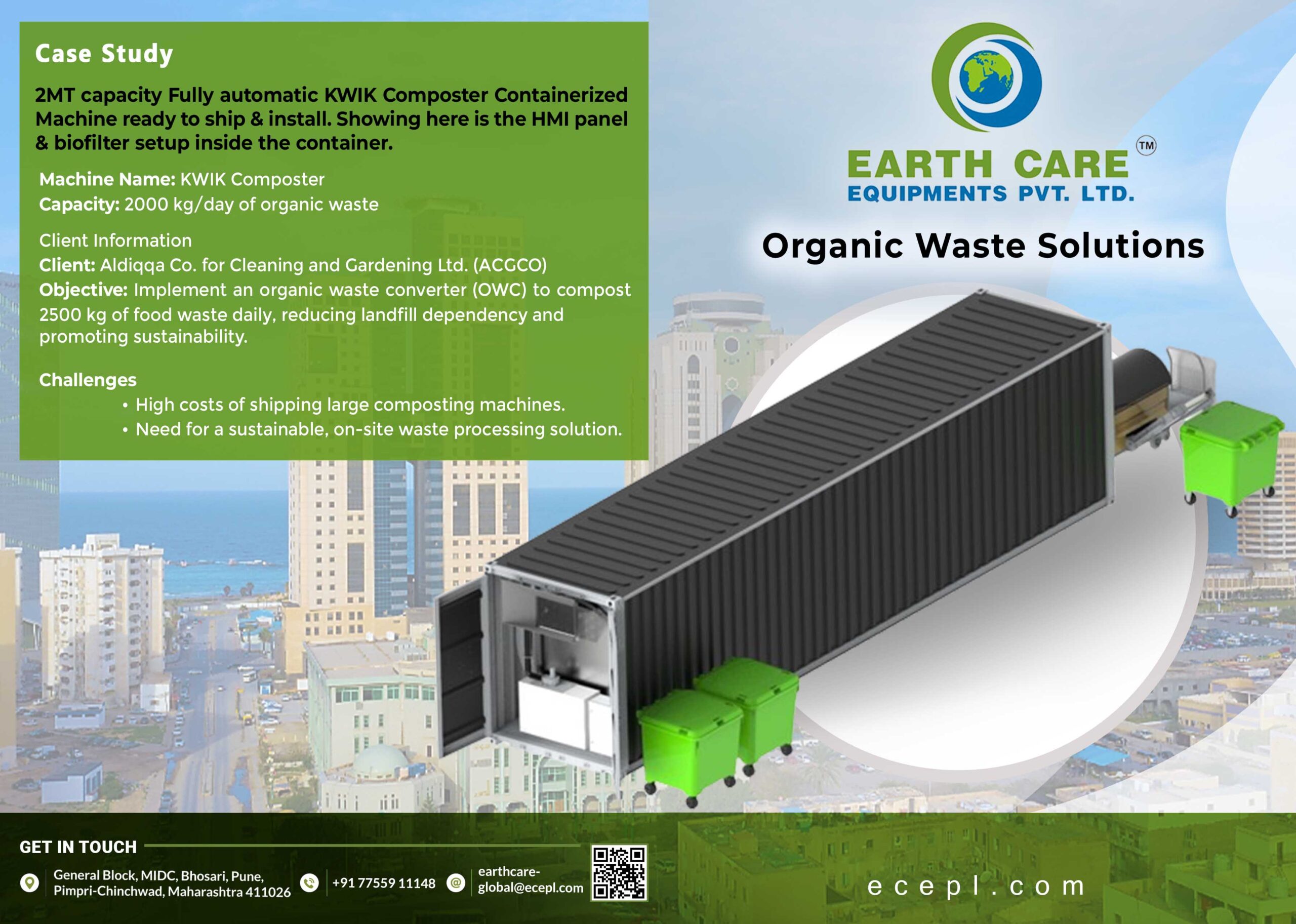
In an era marked by escalating environmental concerns, governments worldwide are increasingly prioritizing sustainable waste management practices. Among these, promoting composting and reducing landfill waste stand out as pivotal strategies in the battle against environmental degradation. While the discourse often veers towards the utilization of compostable and biodegradable packaging materials, a closer examination reveals nuances that warrant attention.
Here, we dissect the governmental initiatives aimed at bolstering composting efforts while addressing misconceptions surrounding compostable versus biodegradable packaging.
- Governmental Advocacy and Support:
Governments play a crucial role in spearheading composting initiatives through policy frameworks, financial incentives, and public awareness campaigns. By allocating resources and implementing regulations favoring composting over landfilling, authorities foster an environment conducive to sustainable waste management practices.
- Infrastructure Development:
Investment in composting infrastructure is imperative for scaling up composting operations. Government subsidies or grants can facilitate the establishment of composting facilities and the adoption of organic waste converters, such as those offered by Earthcare Equipment, a leading manufacturer in the field. Robust infrastructure not only accelerates composting processes but also reduces reliance on landfills.
- Educational Outreach:
Public education campaigns are instrumental in dispelling misconceptions surrounding composting and waste disposal. Governments collaborate with environmental organizations and industry experts to disseminate accurate information on the benefits of composting and the distinctions between compostable and biodegradable materials.
- Regulatory Measures:
Stringent regulations governing waste management practices incentivize businesses to prioritize composting and eco-friendly packaging alternatives. By imposing restrictions on non-biodegradable materials and promoting compostable packaging standards, governments steer industries towards sustainable practices.
- Research and Innovation:
Government-funded research initiatives drive innovation in composting technologies and sustainable packaging solutions. Collaborative efforts between academia, industry, and governmental bodies facilitate the development of compostable materials that align with environmental objectives without compromising functionality or affordability.
The Truth About Compostable vs. Biodegradable Packaging:
Amid the push for eco-friendly packaging options, confusion often arises regarding the disparities between compostable and biodegradable materials. While both terms imply environmental friendliness, their distinctions are critical:
- Compostable Packaging:
Compostable materials undergo biological decomposition within a composting environment, resulting in nutrient-rich compost. However, compostable items necessitate specific conditions, such as adequate moisture and temperature, to degrade effectively. Improper disposal of compostable packaging in conventional waste streams undermines its eco-credentials.
- Biodegradable Packaging:
Biodegradable materials break down naturally over time through microbial activity, albeit without producing compost as a byproduct. Unlike compostable items, biodegradable packaging can decompose in various environments, including landfills. Nevertheless, the rate and extent of biodegradation depend on factors like material composition and environmental conditions.
Summary
Governmental initiatives are pivotal in promoting composting and mitigating landfill waste. By fostering infrastructure development, advocating for sustainable practices, and dispelling misconceptions, governments lay the groundwork for a greener future. Concurrently, understanding the nuances between compostable and biodegradable packaging empowers consumers and industries to make informed choices in advancing sustainability goals.




